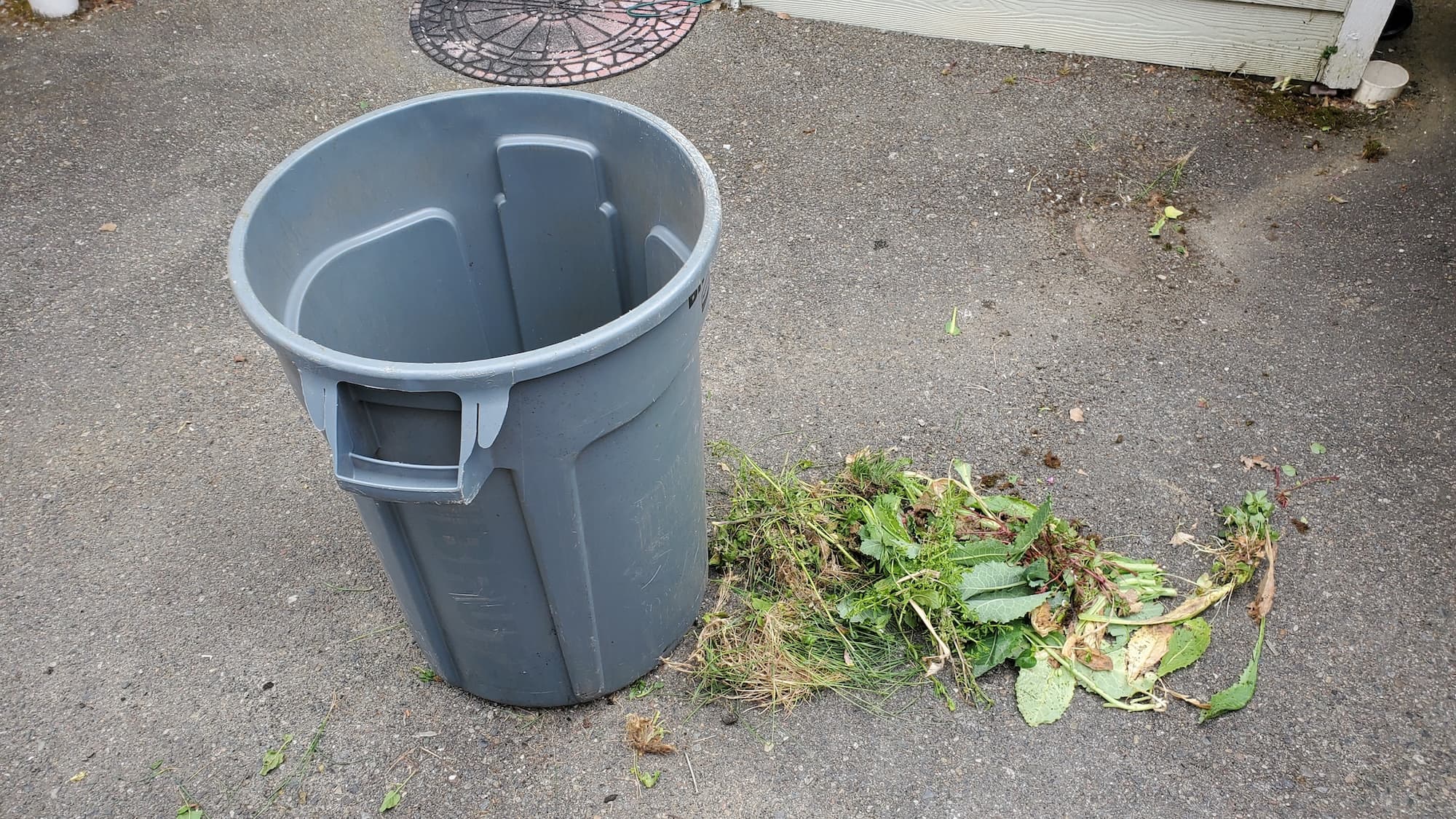West Seattle Sidewalk Branch Pruning
Homeowner’s Issue
West Seattle yards push into public space faster here than in flatter neighborhoods. Heavy winter rains, compacted loamy-clay soils on slopes (think Highland Park and the long blocks near Alki), and salt spray on windward exposures all encourage fast growth on maples, plum trees, and black cottonwoods. Shaded north-facing sidewalks and steep front yards collect moss and ivy, which hides low limbs until a pedestrian bumps them. Roots lifting sidewalks are a frequent problem too — trees left unpruned can crack sidewalks and create liability on busy corridors near Admiral and Morgan Junction.
City right-of-way expectations mean homeowners are usually responsible for keeping branches clear above walkways and sight lines at intersections. Pruning that ignores local soil moisture swings and slope runoff will fail: overly aggressive cuts on shallow-rooted trees on a bank can destabilize them, while late-summer pruning stresses trees during dry spells. We focus on sustainable, low-impact pruning that reduces nuisance regrowth, improves pedestrian clearance, and uses chipped wood back into the landscape instead of chemical controls. That approach suits West Seattle’s wet winters, dry summers, and HOA expectations for tidy curb appeal without herbicides.
Our Quality Service
We trim low and overhanging branches that block sidewalks, driveways, and sightlines with an experienced two-person crew. We use hand saws, pole pruners, battery loppers, rope-and-harness where required, and a chipper to turn debris into usable mulch. Small jobs are often completed in a single visit; typical single-tree sidewalk clearance takes 1–3 hours. Larger or multi-tree jobs are scheduled within days, not weeks.
Local insight: we prune to respect West Seattle soil conditions and slope stability, avoid heavy cuts before the wet season, and suggest timing to minimize regrowth during rainy months. We do not use herbicides — all weed control is mechanical or organic. Benefits include improved pedestrian safety, reduced risk of limb failure in storm events, stronger long-term tree structure, and cleaner curb appeal that fits neighborhood expectations.
What’s Included
- Onsite assessment of trees affecting sidewalks and right-of-way.
- Selective pruning for clearance (pedestrian and vehicle sightlines).
- Removal of dead, hazardous, and low-hanging limbs.
- Chipping of branches; option to leave chips as mulch or haul away.
- Final cleanup: swept sidewalks and tidy gutters where safe.
Options / upgrades: - Mulch application using chips from the job + composted wood (no synthetic fabric unless requested).
- Organic hand-weeding and ivy removal around bases and sidewalks.
- Haul-away to green waste facility vs. on-site chip recycling.
- Minor root collar exposure and mulch ring reset (no heavy root cutting).
Before & After / Expectations
Expect noise from electric tools and a chipper during work — we aim to be efficient and minimize disruption. Access requirements: a clear parking spot near the property and an unobstructed path for equipment make the job faster and cheaper. We can work around existing landscaping, but tight access may require extra time.
Cleanup: most jobs leave chips used as mulch or taken to green waste. Pruning wounds on deciduous trees will callus over in weeks to months; evergreen cuts may bleed slightly but recover. Timing advice for West Seattle: late winter to early spring for structural pruning of deciduous trees; sidewalk clearance can be done year-round unless active nests are present. In summer droughts, avoid heavy crown reduction — instead remove lowest branches and chip to mulch to conserve moisture.
FAQs (3–5)
Q: Do I need a permit to prune branches over the sidewalk?
A: Usually routine pruning to keep sidewalks clear is the homeowner’s responsibility. If work involves removing a large tree or cutting into the trunk, we’ll flag permit needs and help coordinate next steps.
Q: When is the best time to schedule pruning in West Seattle?
A: For structure and health, late winter–early spring is ideal for most deciduous trees. For urgent sidewalk clearance schedule anytime; we prioritize safety work year-round.
Q: Will you use herbicides or chemicals to control regrowth?
A: No. We use mechanical removal, mulching, and organic methods only — no herbicides.
Q: How long before I see regrowth?
A: It depends on species. Fast-growing maples and fruit trees can sprout within months; structural pruning reduces vigorous suckering and extends the interval between visits.
Call to Action
If your sidewalk needs clearance in West Seattle — from Alki to Admiral and the adjacent blocks — book a free estimate. We schedule quickly, work clean, and focus on sustainable, no-herbicide methods that suit local soil and weather. Email neatandtidyseattle@gmail.com for a photo estimate or to set an onsite visit.










